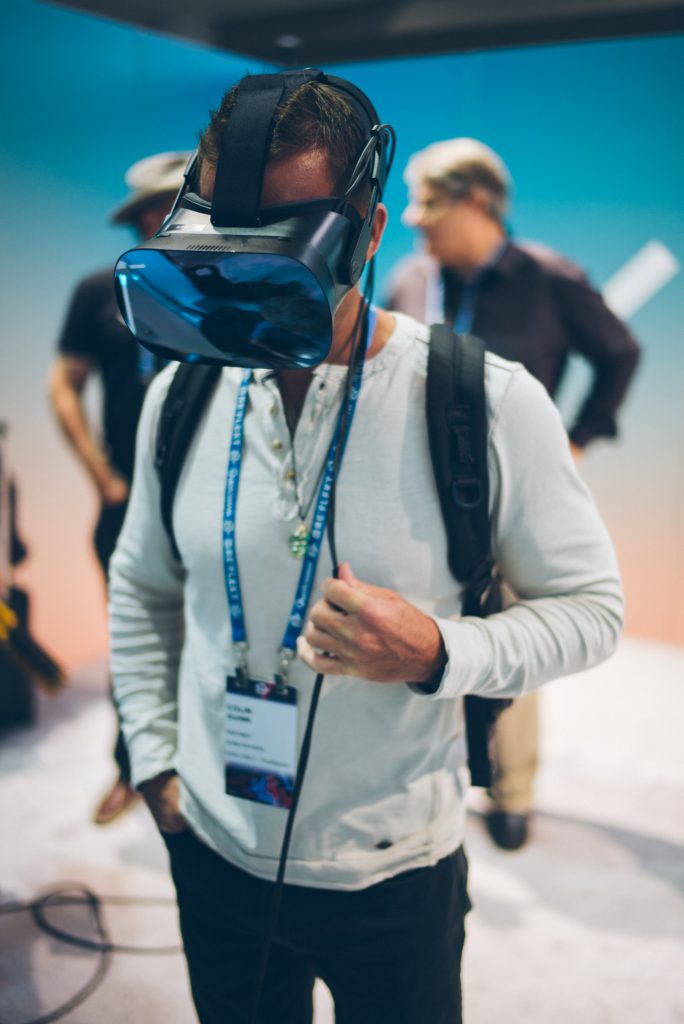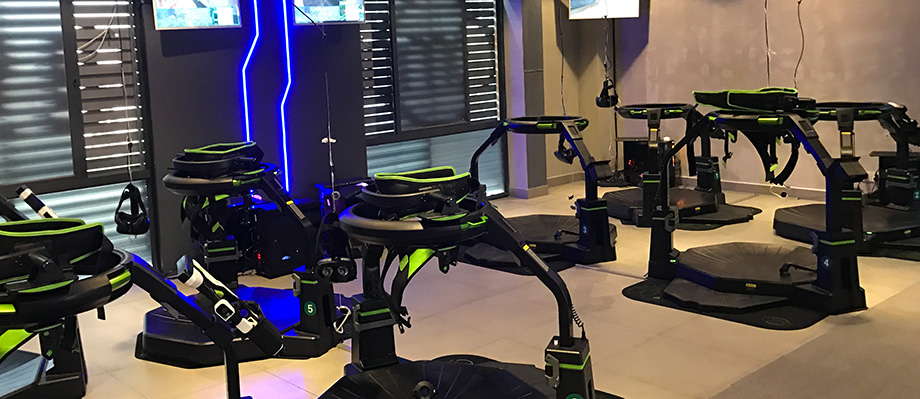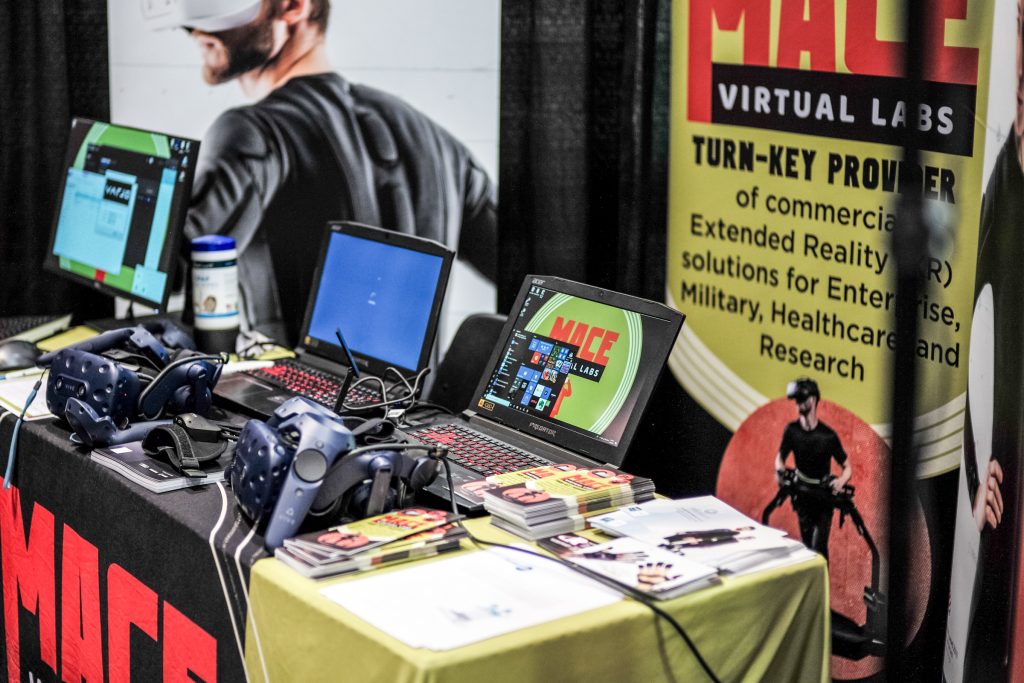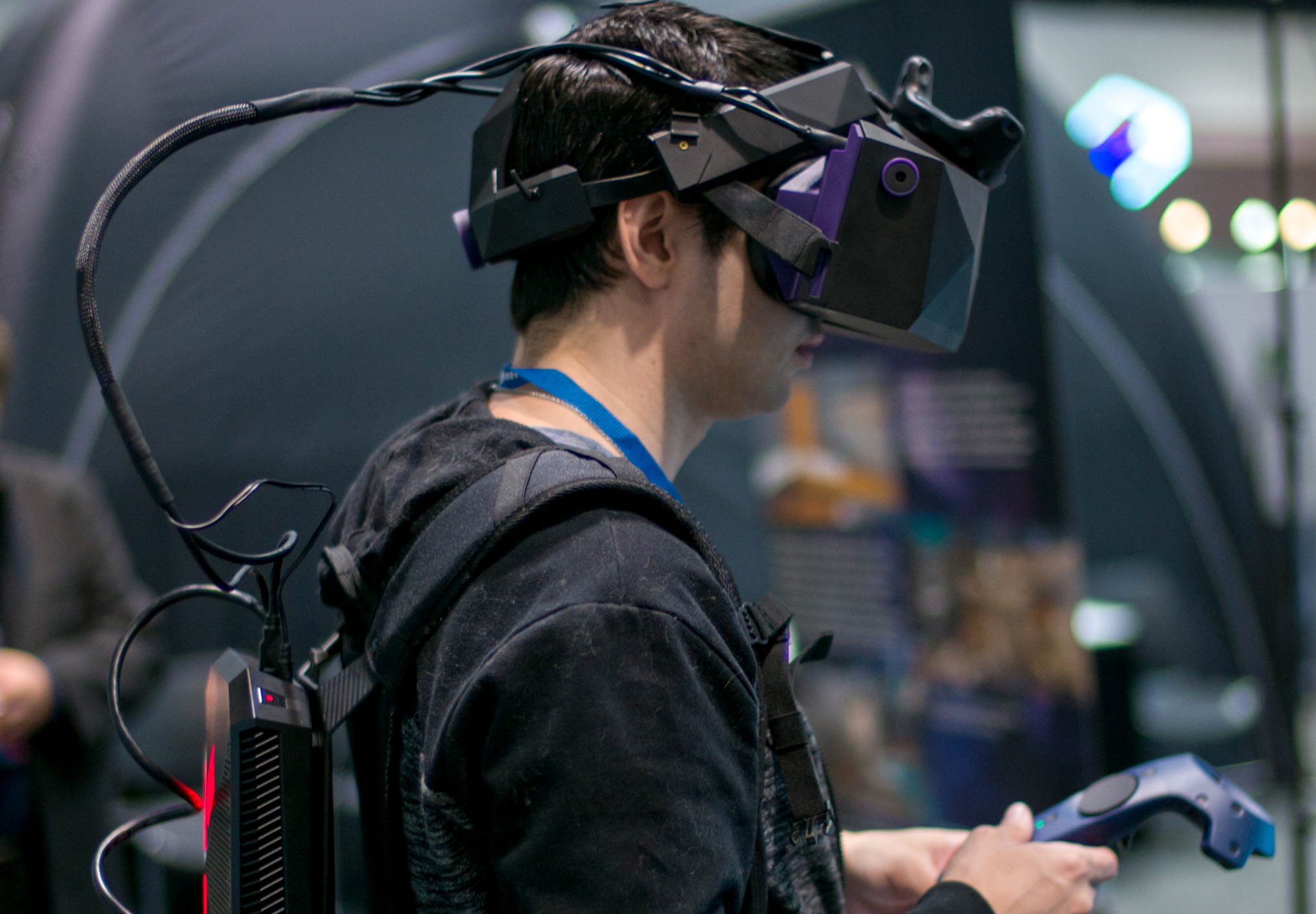The VR industry is at a curious crossroads. Consumer headsets have become more approachable in both price and function. The gaming industry segment for the early adopter community is robust but still scattered, with few proven brands or “must-have” experiences. There has been an overall hard time actually breaking through the bell curve to truly mainstream buyers. On the corporate side, the industry has also yet to achieve significant traction. A lot of this comes from the user experience side – to be effective as a corporate training or presentation solution, a VR system needs a headset, completed environments, and often additional hardware like bodysuits, treadmills, or gloves, and a team to capture custom content, create apps, and onboarding to show users how to run programs. Most current VR solutions are far from an “off the shelf” experience right now – too far for mainstream adoption beyond innovation groups or really passionate future thinkers.
Another factor that has slowed adoption is market education – most people just don’t know how advanced the technology is and how much it can help companies in particular improve their training and gain a competitive advantage because the information and success stories just aren’t out there yet and because much of the early hype or sci-fi popular culture references set unrealistic expectations for what was going to be possible in 2019. All of these factors have contributed to an industry that can best be characterized as “underrated” from a corporate training perspective given how much capability there is today to solve training problems for companies that just aren’t that aware of what VR can do for them.
To be an actual commercial solution that is useable by enterprise companies for training, VR has to go beyond just headsets, and add “mixed reality” (as Microsoft calls it) or “extended reality” (XR), where additional hardware and sensors enable more immersive interaction and therefore give the user more ways to contribute to the scenarios. Each component of these experiences, from the headset, to motion, to different types of touch, to the creation experience of engineering scenarios, is a market segment growing steadily more competitive. Here’s some of the companies the Guinn Partners team and I see emerging from the landscape.

Headsets – Varjo. The claim to fame of Varjo is human eye resolution headsets – the closest to true visual reality simulation we’ve yet to see. This is executed by basically pointing computing power at the exact area the user is looking at and rapidly reassigning this computing power and therefore resolutions in real time as interaction happens. It’s an impressive experience, but comes with a high price tag for most consumers that might be just right for enterprise teams that need the training edge and hyperrealism of human eye resolution (think training a surgeon for example or high resolution collaborative engineering).

Treadmills – Virtuix. The element of motion is extremely critical for successful training programs, both to ensure proper environment understanding and also to offer a contained space with which to conduct training safely. The challenges of enabling motion are significant (thanks science!), and have led to a number of YouTube deep dives from the gaming sector. The Virtuix solution is the only one it seems users are comfortable in from walking to a flat out run yet realistic enough for 360 degree freedom of movement.
Body experience – Teslasuit. Training the body with haptics in immersive environments is incredibly powerful, and Teslasuit has emerged as a company to watch with not just a suit with controllable haptics and a development library to utilize to make the work, but also integrated biometric feedback with 80+ tracked variables. Need to give feedback on heat or pressure? Need to understand stress levels of participants? These suits give organizations the ability to compare multi-user experiences to each other and to baseline expectations.
Touch – Touch is an entirely different category than body when it comes to VR, especially if training requires fine elements of feedback on using your hands. Companies like Bebop Sensors and HAPTX offer varying degrees of solutions for hand immersion and two different price points defined by the level of fidelity required.

Integration – Enterprise teams can’t simply source these things themselves, plug them in and create a program – there’s a barrier to entry in finding what works together, procuring the hardware, installing the hardware, creating a realistic application, training, developing standard operating procedures to scale, reviewing the experience with a user feedback loop, and expanding a program over time. For companies that want these solutions now, the best path is through a systems integrator. Mace Virtual Labs in Houston, TX is the only US based distributor that offers a unique combination of overall VR/AR/XR expertise, all of the proven options in each hardware category to meet the full spectrum of needs for entertainment through enterprise and even government applications (with established customers in all of those markets for reference), the depth of experience in integration and installation needed, and multiple studio partners to create software and content to meet client training requirements.
Video Analysis
For true adoption, curriculums need to be easy to create, environments need to be easy to capture, and much of the workflows around these things need to be standardized. In addition, the hardware needs to mature and costs needs to get more reasonable. Yet today some visionary companies and government entities find it worth the trouble to put the pieces together to explore this world and lead the adoption of these technologies because they see the value of more realistic reps for their workers in a virtual environment and these clients will reap the benefits of early adoption as a competitive advantage in their industries.

